
Rethinking money
The current capitalist system commodifies and turns everything that can be sold into profits. In order to do so, it does not hesitate to destroy ecosystems, eradicate wildlife, and wipe out cultures and traditions. Money is of course an indispensable tool that makes our lives easier, but in a neoliberal, extractivist, colonialist system, it generates scarcity, inequality, and misery.
But what if we could rethink our current economic system and associate the value of money with abundance instead of scarcity? What if we made an effort to align the value of money with our own values? What would an economy and a food system based on values such as generosity, balance, respect for nature, equality, and care look like?
Seedbills is a project that aims to make us reflect on our economic system through the symbolic power of seeds and money. The seed becomes the perfect metaphor for values such as resilience, respect for nature, generosity, and abundance.
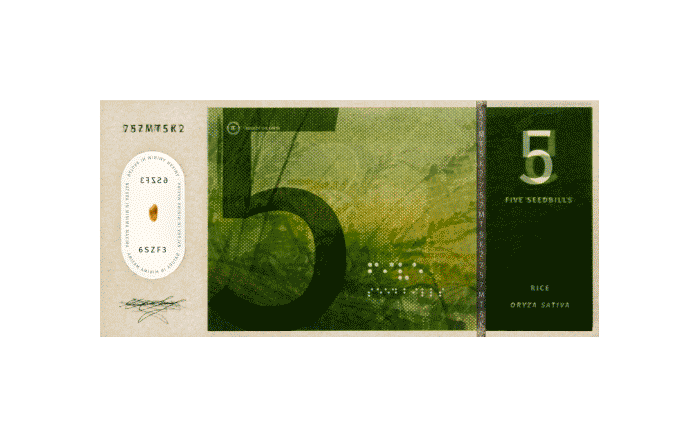






Five seeds, five continents, five stories
Through the stories of five seeds crucial to humanity, each “seedbill” tells a story of solidarity, race, the climate crisis, or indigenous knowledge: from how rice was able to boost societies based on cooperation, to how fonio can help us fight climate change and poverty. Again, we want to show how all the stories behind seeds are intertwined, using money as the common thread in each and every one of them.
“Every seed contains the potential to save the world. Each seed can keep millions of people from starvation. Each seed is a mirror and guardian of the world’s future. Each seed is the ecology that can sustain the economy.”
Sacred Seed, 2014
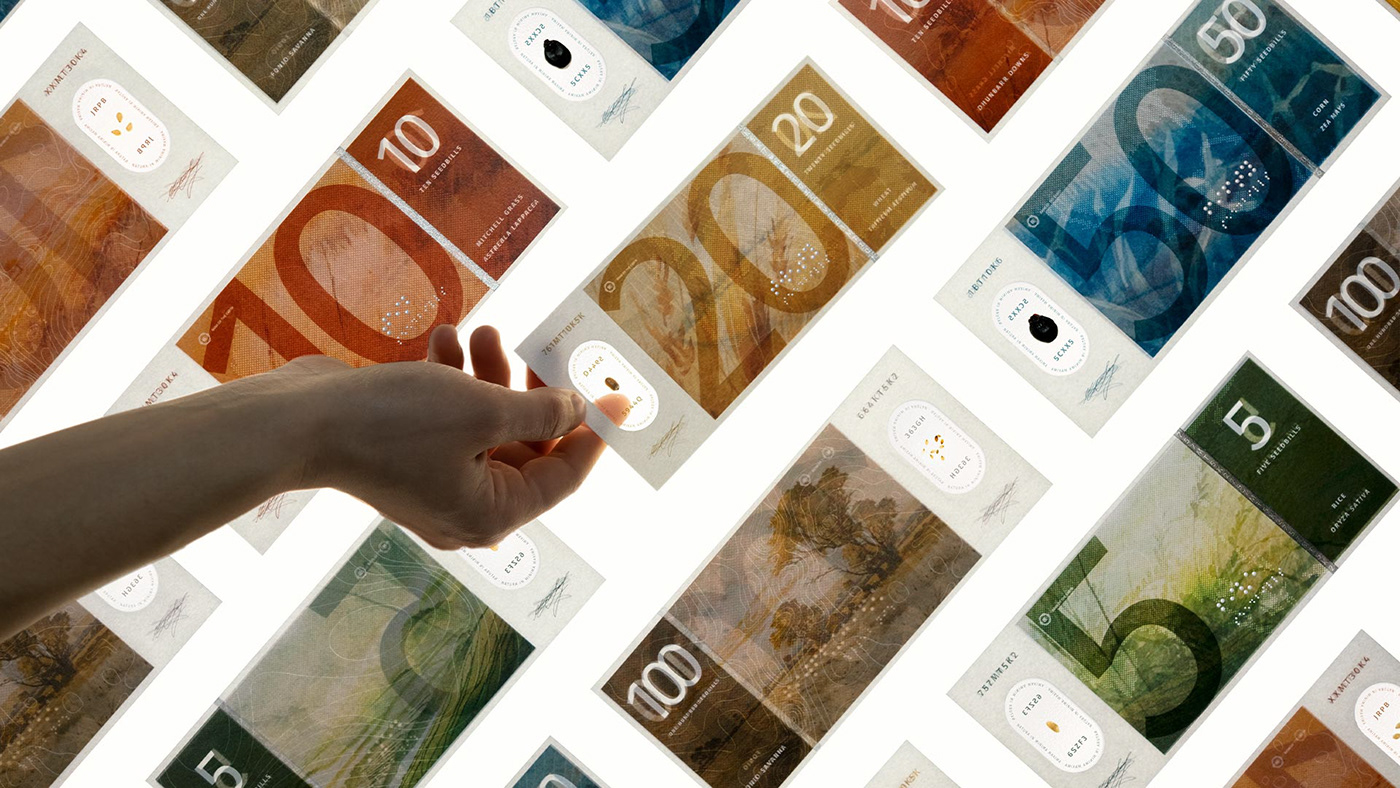
Rice: a symbol of cooperation
Nowadays, rice is a staple food worldwide, especially in Asia. However, it was not always the case. Hundreds of years ago, rice, and the abundance and longevity that characterized this tiny seed, led people in Asia to use it as a currency: it was the way citizens would pay taxes and even how the samurai were paid. Over time, this situation led to the creation of the first banking systems in different areas of Asia, such as Japan and Korea.
However, the history of this seed has multiple facets. Unlike other cereals, such as wheat or barley, rice cultivation demands collective cooperation to succeed. From start to finish, the entire process requires the effort of several people working in close collaboration: from building the terraces on which it is cultivated, to sharing and managing water, planting and harvesting.
After thousands of years of rice cultivation, this seed has shaped cultures. “Rice societies” are characterized by a common mentality, where a more collective and collaborative mindset starkly contrast with Western, more individualistic, “wheat societies”. (Thomas Talhelm, The Rice Theory of Culture, 2022). Rice teaches us cooperation, reciprocity and care for what belongs to everyone. Rice is a symbol of solidarity among people.
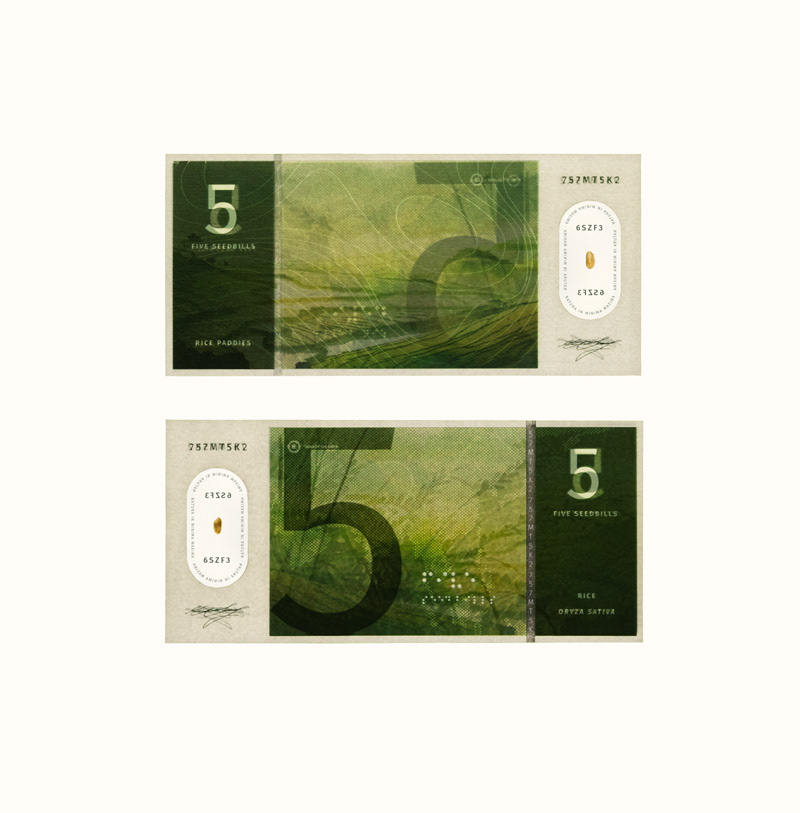
"The rice theory of culture is the idea that rice farming societies developed into more interdependent, tight cultures in response to the demands of the plant. Farming in general is an interdependent subsistence style, but traditional paddy rice farming was starkly different from other major crops like wheat, corn, and potatoes." Talhelm, T., ‘The Rice Theory of Culture.’ (2022)
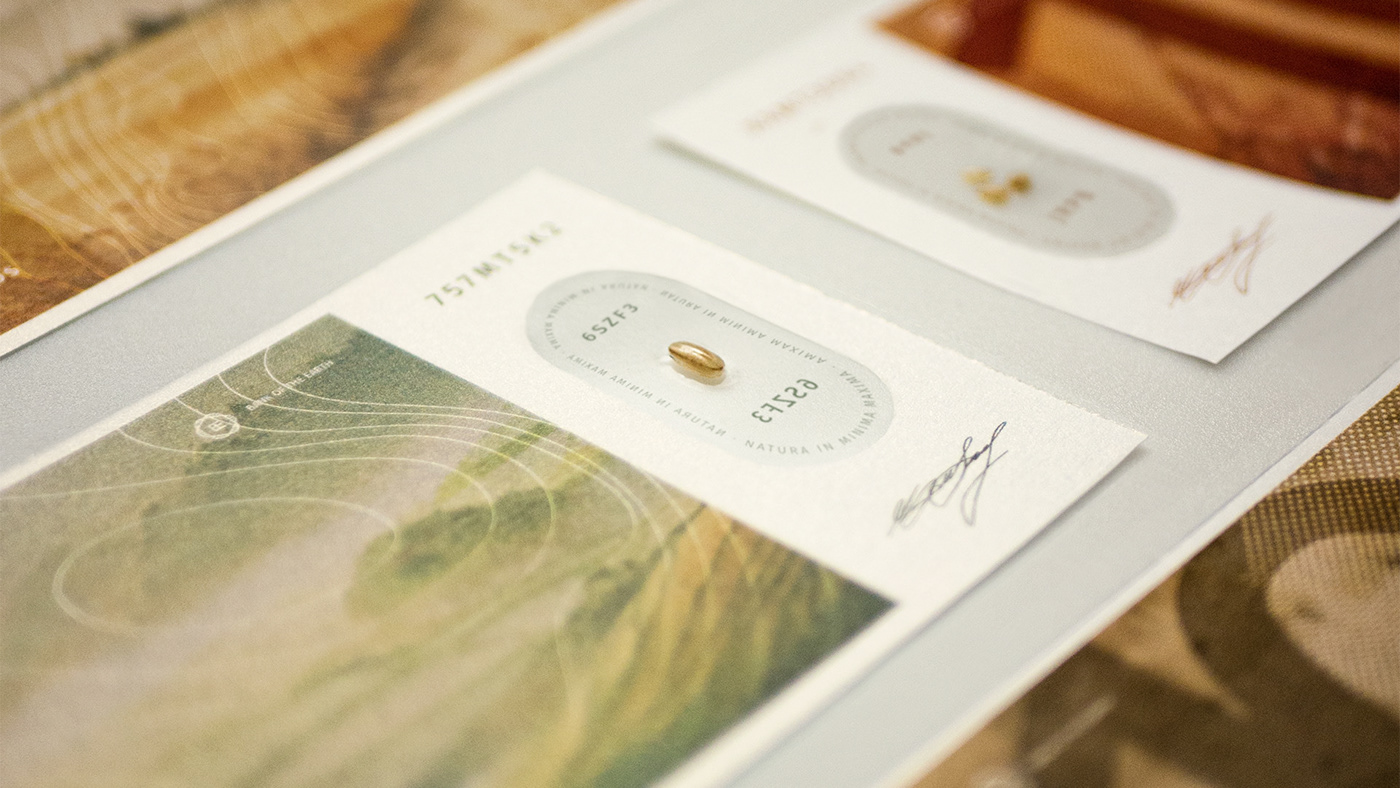
Mitchell Grass: indigenous knowledge and land restoration
The Gamilaraay word ‘Dhunbarrbila’ means ‘edible seeds’ or ‘grains of a place’ (similar to ‘grain crop’ in English). This set of more than 600 native grasses from the Australian continent have been used (and is still used) as food and medicine for thousands of years. Some of the most important ones are Mitchell Grass, native millet and Kangaroo Grass, among others.
Their steady evolution and selection over time allowed Dhunbarrbila to perfectly adapt to the harsh ecosystem to which they belong, without any fertilizers, pesticides or irrigation. In harmony with the environment, these seeds allowed Indigenous people to bake what is believed to be the world’s first bread, over 30,000 years ago. Also, it has been proven that they equal the nutritional properties of other cereals.
However, with the British colonization of the continent, these grasses were displaced by crops that are less adapted and require greater amounts of water and fertilizers, such as wheat or maize. In addition, the monocultures and livestock brought from Europe destroyed the original ecosystems and the soil, taking with them much of the aboriginal culture and traditions. Today, different initiatives and social enterprises, such as Black Duck Foods, are trying to bring to the global market these ancient seeds full of hope that carry with them the ancestral wisdom of countless generations.

“Traditionally, indigenous people have known that the seeds gifted to them are the direct translation of the love and trust of the divinities. Thus, they have never considered these gifts possessions or something to be taken for granted. They know that they are dependent on the welfare of this sacred bond, and work to keep it viable.” Sacred Seed, 2014
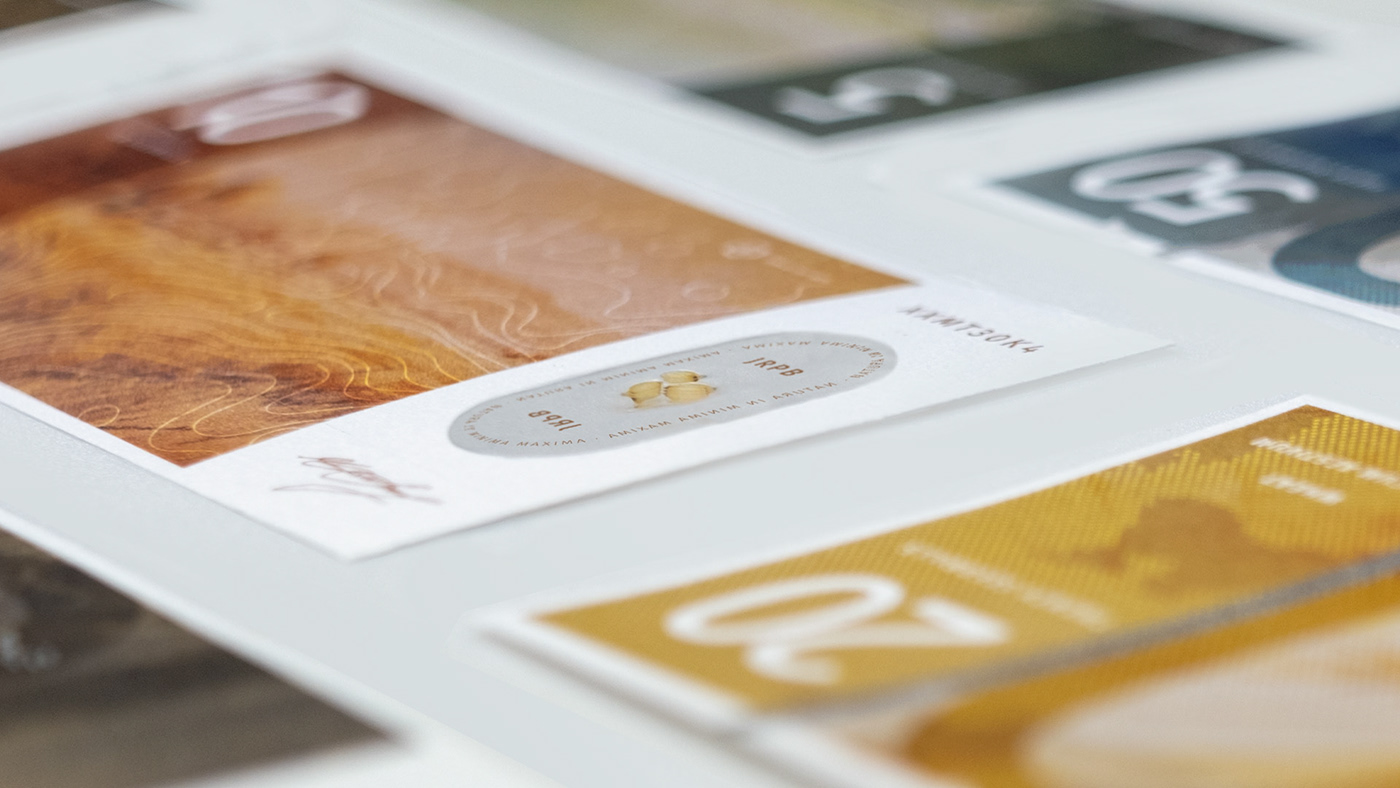
Wheat: a seed at the service of capitalism
The history of wheat dates back more than 10,000 years, when it was first domesticated in the Fertile Crescent, present-day Palestine, Lebanon, Syria, Turkey, Iran and Iraq. Since then, this seed quickly spread throughout Asia and the Mediterranean, reaching over 35,000 varieties and becoming one of the most consumed cereals today.
However, this expansion did not always occur naturally. Economic interests and imperialist exploitation led to the imposition of wheat in regions of China, India, Australia and the United States, where they displaced local cereal varieties. More recently, in the 1960s, some countries were desperately trying to find a way to feed a population that was growing exponentially. As a solution, they selected and genetically modified a few varieties of wheat, achieving larger yields and higher profits. This phenomenon was known as the Green Revolution.
And although it did, in fact, feed a rapidly growing population, these changes came at the expense of biodiversity, lower nutritional properties, extinction of species, greater vulnerability of crops, and climate crises. Wheat teaches us how the greed of a hyper-capitalist system based solely on profit (which even patents seeds), endangers not only the biodiversity of our planet and our food security, but also our cultures and traditions.
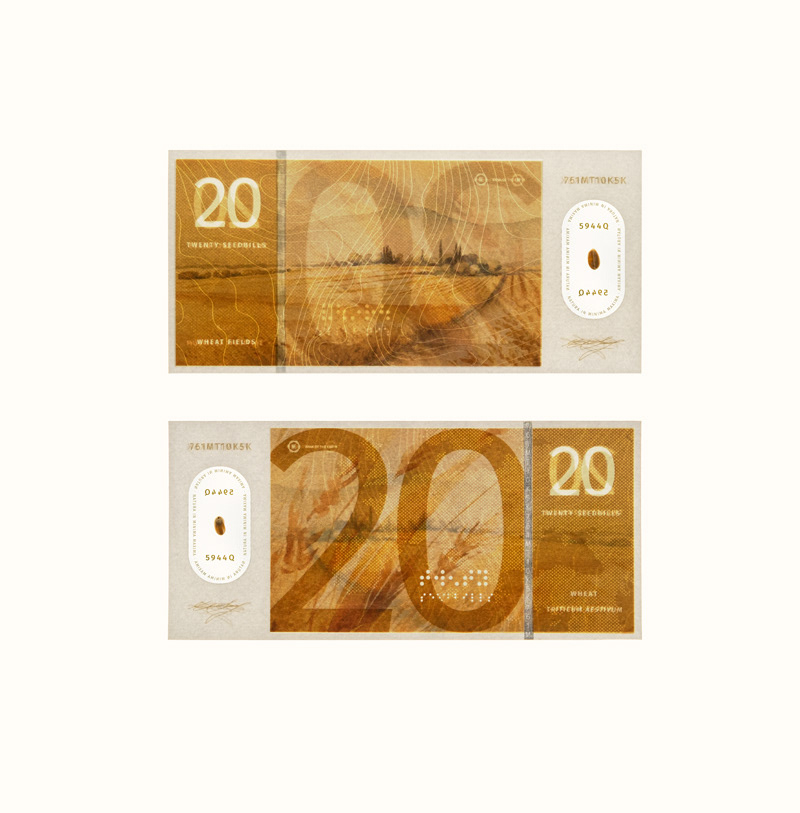
"Worsening harvests, infertile soil and increasing food poverty are affecting the majority of small farmers across the globe, especially in the Global South. Wheat prices have surged by 59% since the start of 2022. They are the result of a global capitalist system – and a neoliberal agenda – that has prioritised big corporate agricultural profits over people and the planet." Adele Walton, ‘Capitalism is causing the food crisis, not war’ (2022)
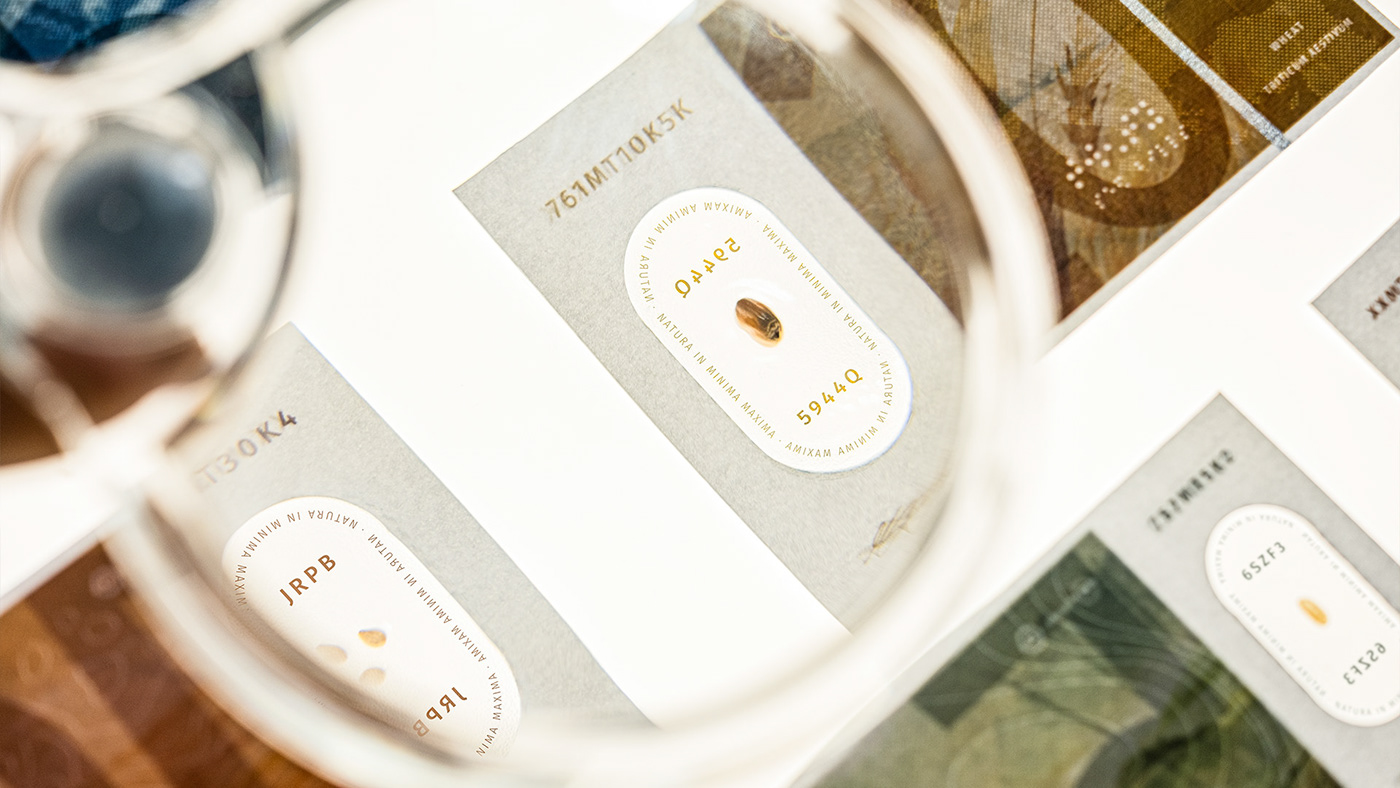
Corn: slavery and freedom
Corn is the most cultivated cereal worldwide, with over 1.2 billion tons harvested in 2021 alone. This cereal was domesticated over 10,000 years ago by different American and Mesoamerican peoples. This plant was revered, and it was known as ‘The Seed of Seeds’ or ‘Mother of All Things,’ among other names. Corn was also part of a symbiotic relationship known by Native Americans as The Three Sisters. In it, corn, beans, and squash help each other grow in harmony and abundance more efficiently than they would separately.
Although more sustainable, the colonizers, who only sought profits, replaced this system with enormous monocultures. They regarded this harmonious system as underdeveloped and messy, and substituted it with rows and rows of crops that required large amounts of water and fertilizers that destroyed the soil but were easier to harvest. Additionally, they would further increase their profits by using slave labor. After capturing and dehumanizing millions of Africans, they were shipped as merchandise to America, where they were shaved to erase all traces of their culture and identity.
Soon, as small acts of rebellion, enslaved Africans used their hair (cornrows) to convey messages, draw maps of the fields to escape, and store seeds with which to start a new life. Despite everything, corn has become part of the African diaspora culture and is present in many Soul Food dishes. It is a symbol of fight and freedom.
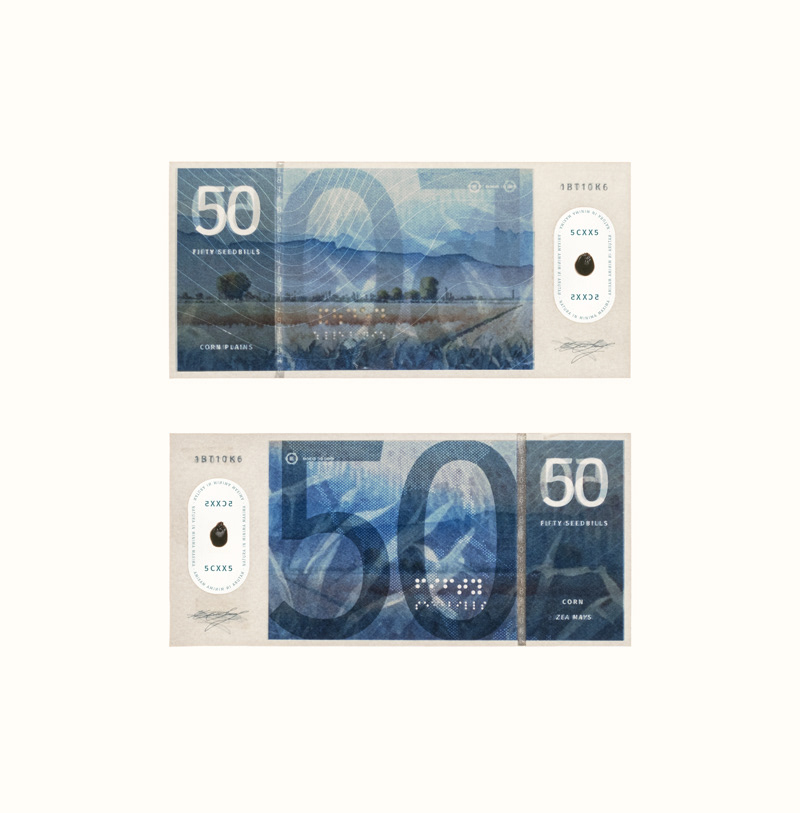
“Corn connected enslaved people to home. The same way that kernels were pummeled into submission, so would they be. In the same way that kernels were scattered yet bloomed where they were planted, so would they. There’s an 18th-century hymn entitled We Plough the Fields and Scatter. It speaks about harvest, grain, and refreshing rain. To me, the hymn is allegorical. It speaks of the scattering of seeds (people) that had to (forced) survive where they were flung, much like my ancestors.” Vaughn Stafford Gray, ‘Why Corn Is a Crucial Part of the Juneteenth Table’ (2021)
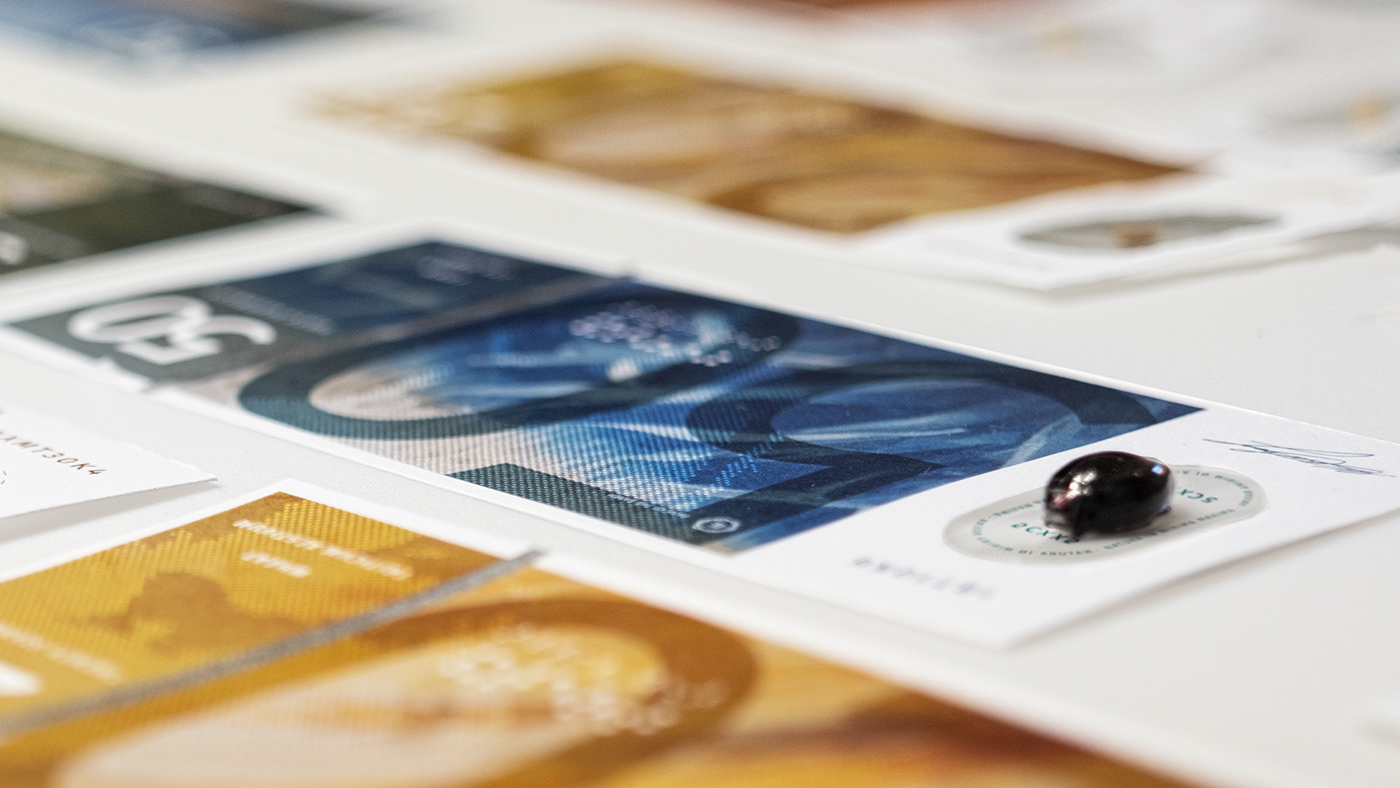
Fonio: resilience in the face of the climate crisis
Fonio is a seed native to Sub-Saharan Africa that has been known for over 5,000 years, so imbued with myths and legends that it is known as the ‘Seed of the Universe’. Fonio is also a great source of B-group vitamins and essential and non-essential amino acids, which are difficult to obtain in other foods, as well as iron, copper, zinc, and magnesium. According to the FAO, fonio is also the cereal with the highest amount of calcium, making it a fantastic addition to plant-based diets.
This cereal is capable of thriving in poor, sandy, and even acidic soils, and requires very little water compared to other crops such as rice or maize. Furthermore, it is one of the cereals with the fastest maturation cycle, achieving full growth in six to eight weeks during the rainy season. This, along with the fact that it does not need pesticides or fertilizers to grow, makes fonio cultivation possible up to three times a year.
Despite all this, fonio is considered an ‘orphan’ or ‘lost’ crop, mainly due to two reasons. On the one hand, processing the grains is a really tedious process, making it a less productive crop. On the other hand, the colonial mentality prioritizes ‘mainstream’ Western crops, regarding fonio as a substandard cereal. Nonetheless, its extraordinary resilience could be one of the keys to adapting to a world threatened by the climate crisis, as well as a sustainable solution to generate employment and food in one of the world’s poorest regions.
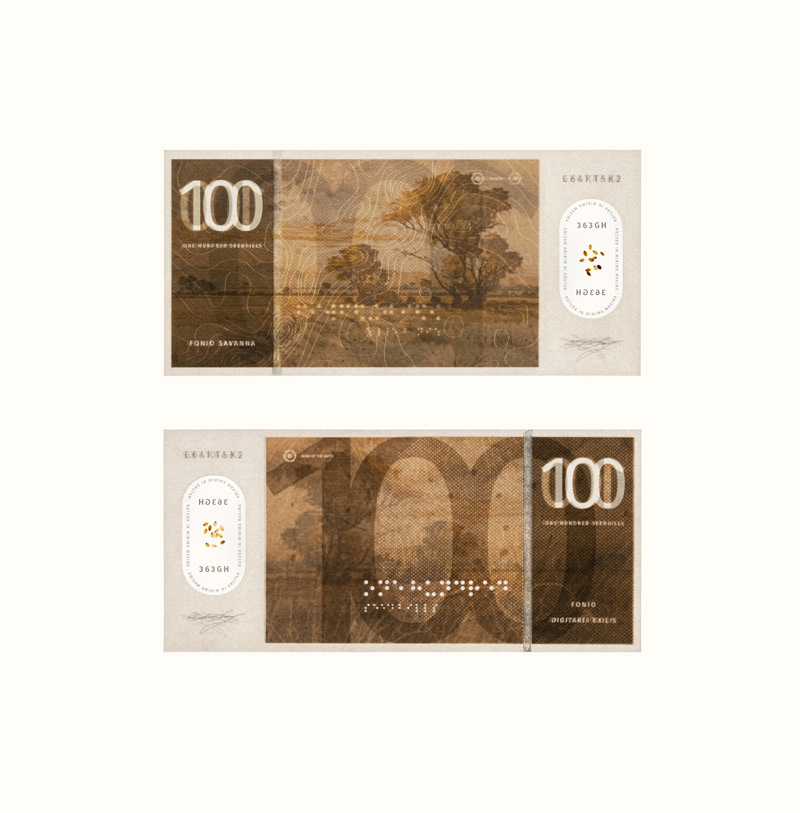
“Another challenge [in bringing fonio to the market] is the colonial mentality that what comes from the west is best. This tendency to look down at our own products and to see crops like fonio as simply ‘country peoples food’, therefore substandard, explains why even though we don’t produce wheat in Senegal traditionally, it is far easier to find baguettes or croissants in the streets of Dakar than it is to find any fonio products.” Pierre Thaim, ‘A forgotten ancient grain that could help Africa prosper’ (2017)
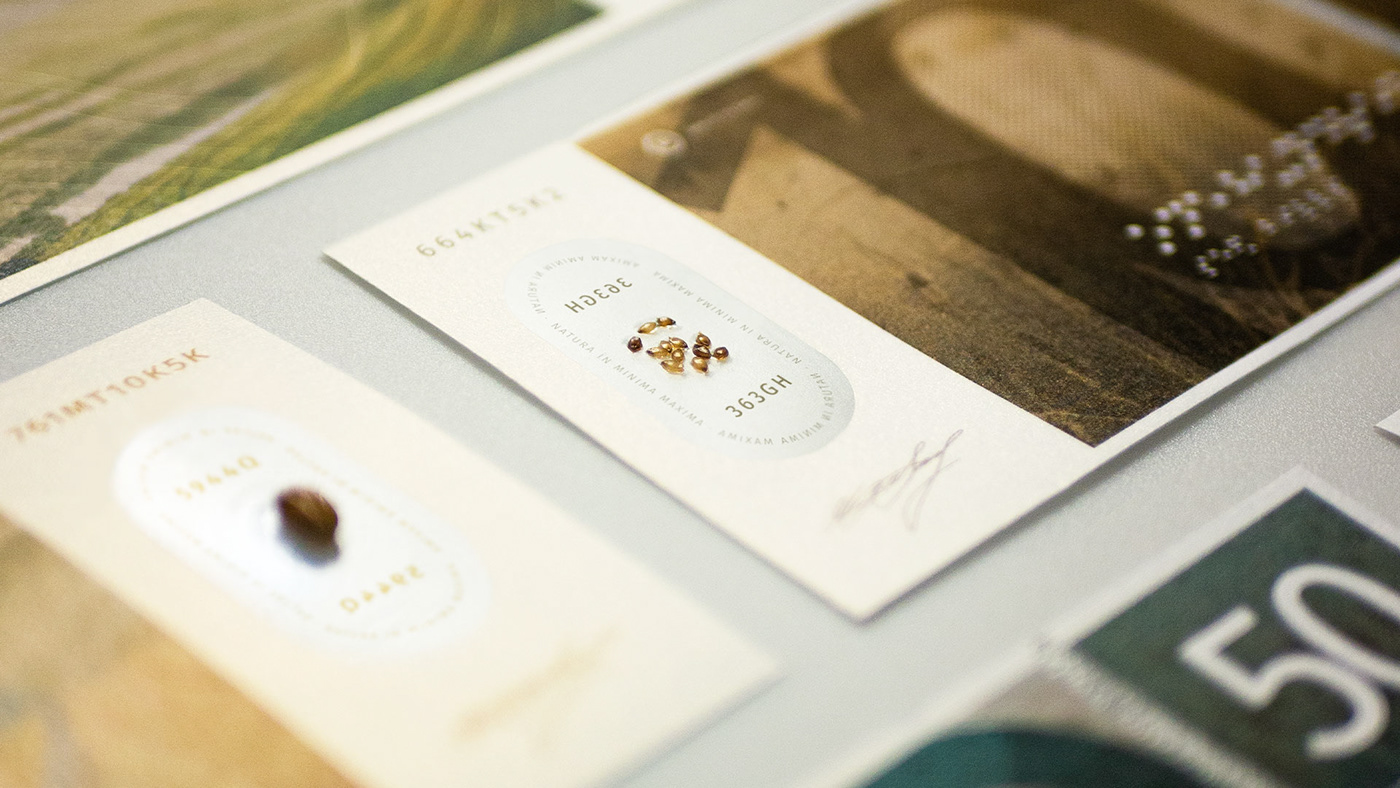
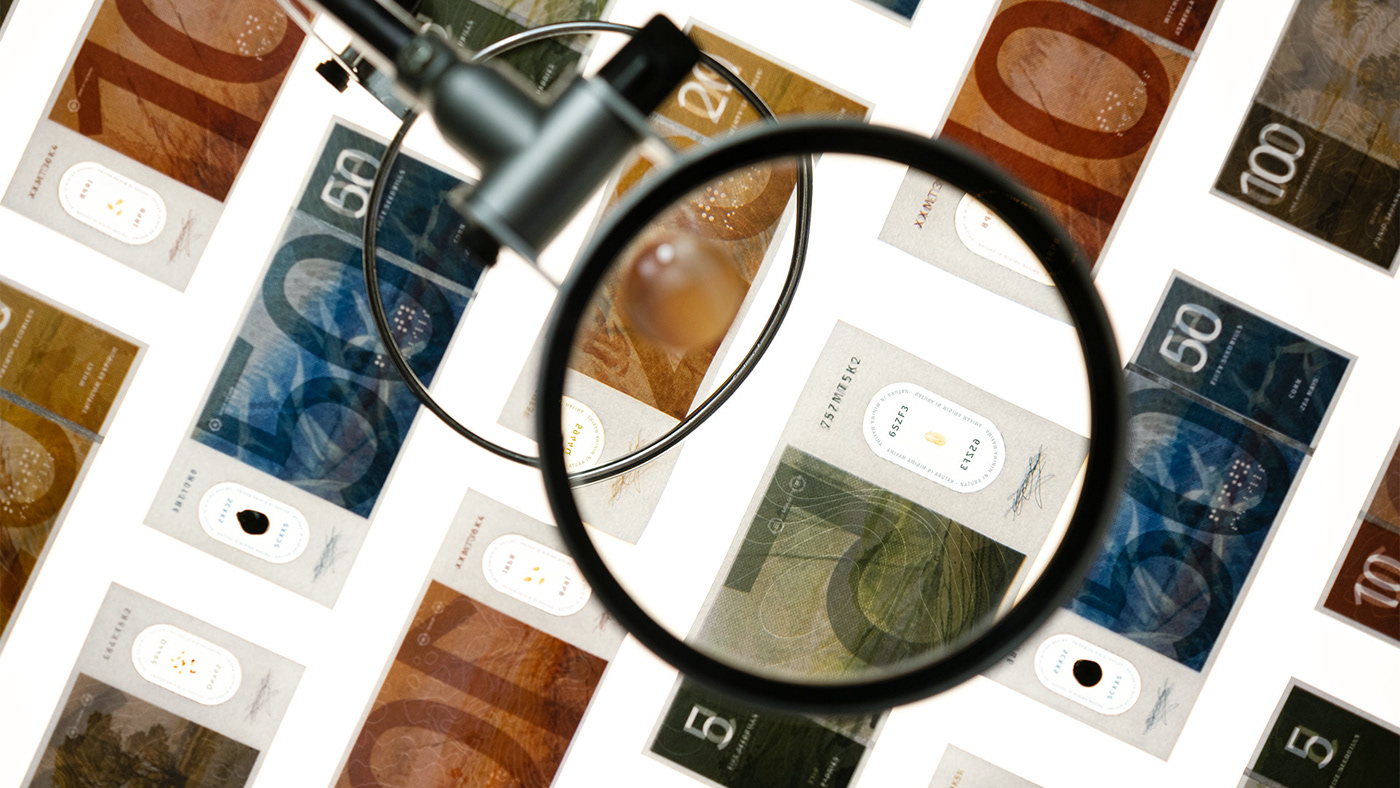


A note on inclusivity: since we wanted to make our bills inclusive, the radically different colors make them easier to distinguish quickly. Moreover, we’ve included both braille and the physical seed so that visually impaired people can easily recognise them by touching them.


For this speculative project, we decided to incorporate AI into the creation of these bills. Therefore, our watercolour illustrations, representative of each of the landscapes where these plants grow, have been generated using Midjourney.





This project is available for request on Museums and exhibitions worldwide. If you’re interested in bringing our Seedbills to your venue, simply drop us an email at hola@sharpandsour.com
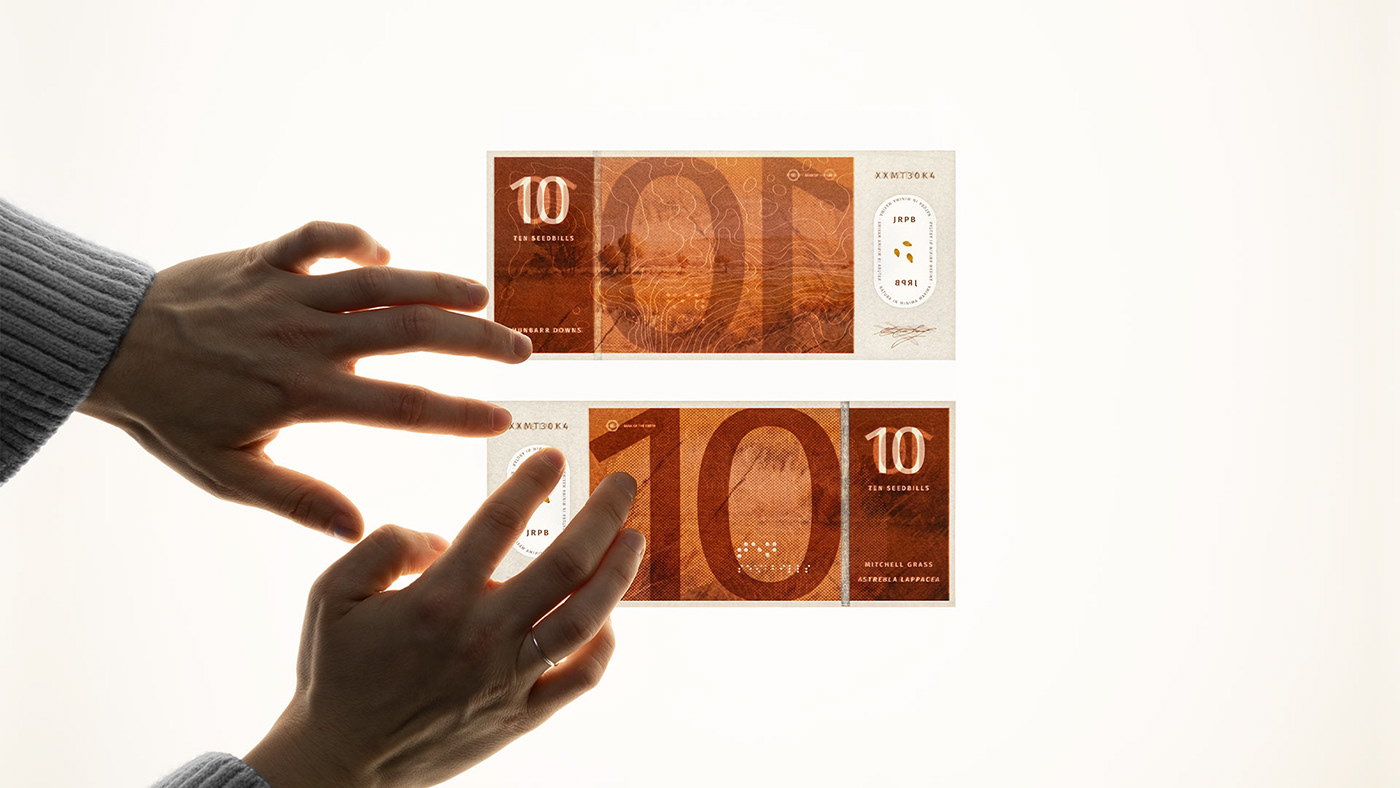
*Due to the difficult access to Mitchell Grass seeds in Europe, the ones depicted in this project have been substituted with sesame seeds, and later modified so that they look as close as possible as the real seeds.
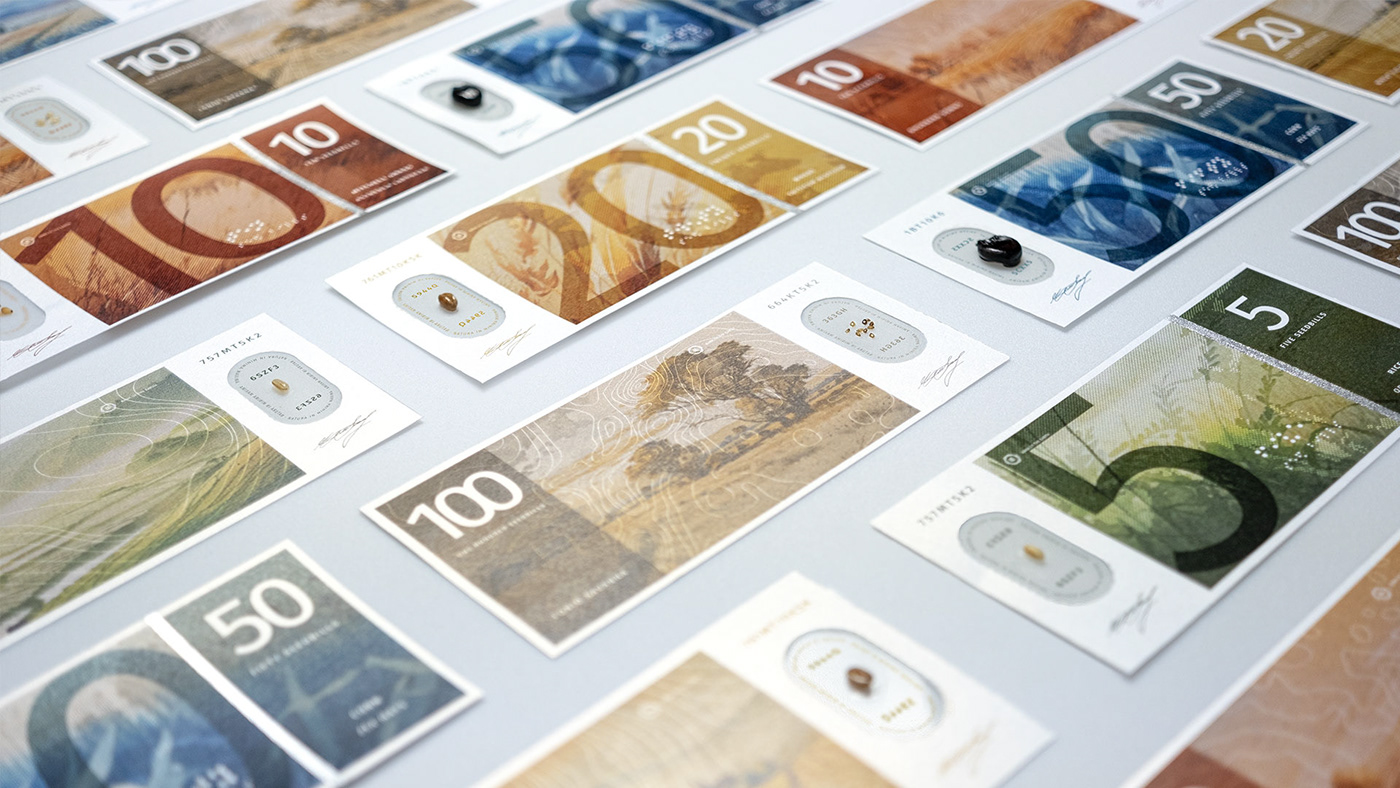
THANK YOU!






